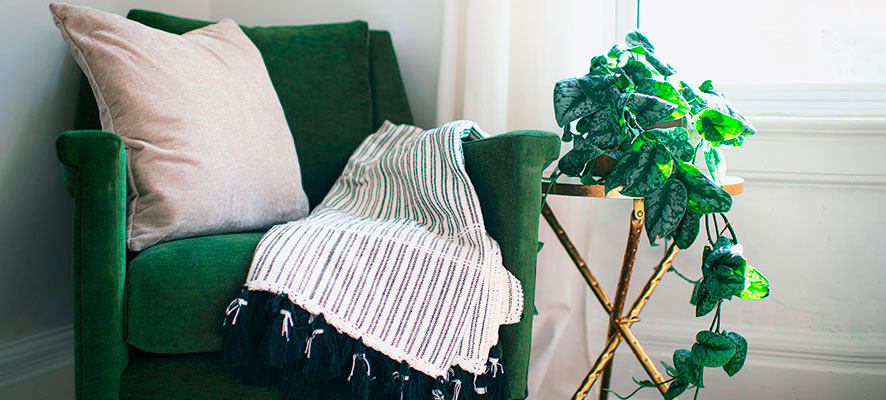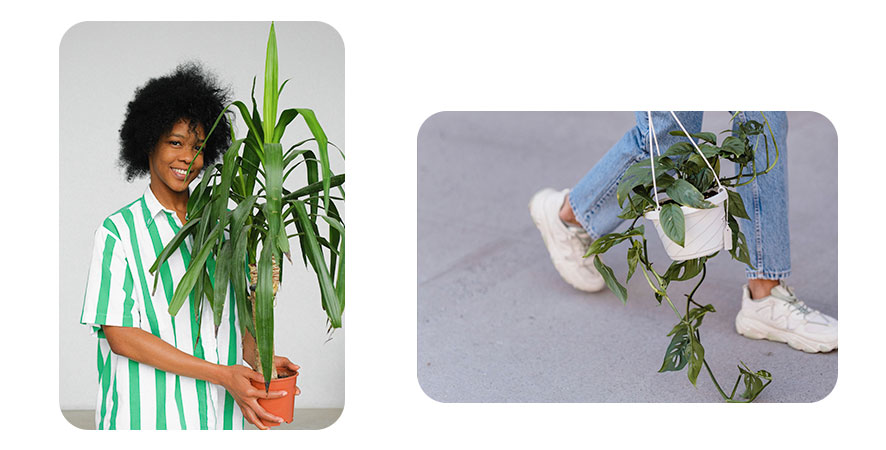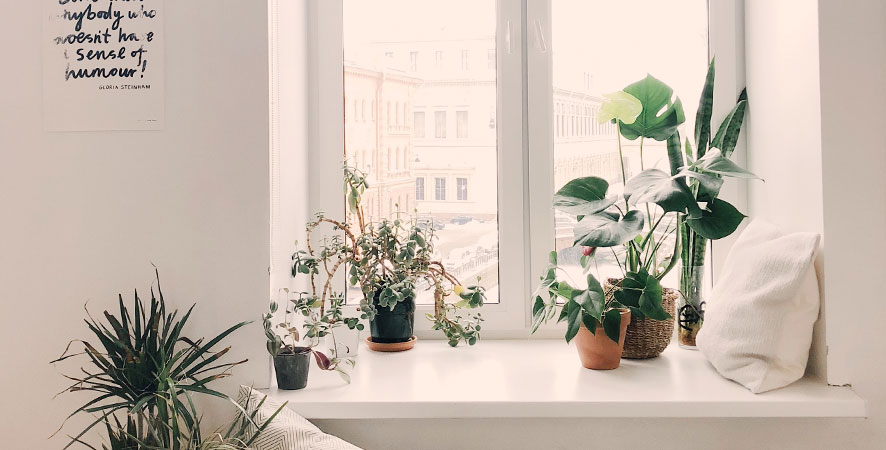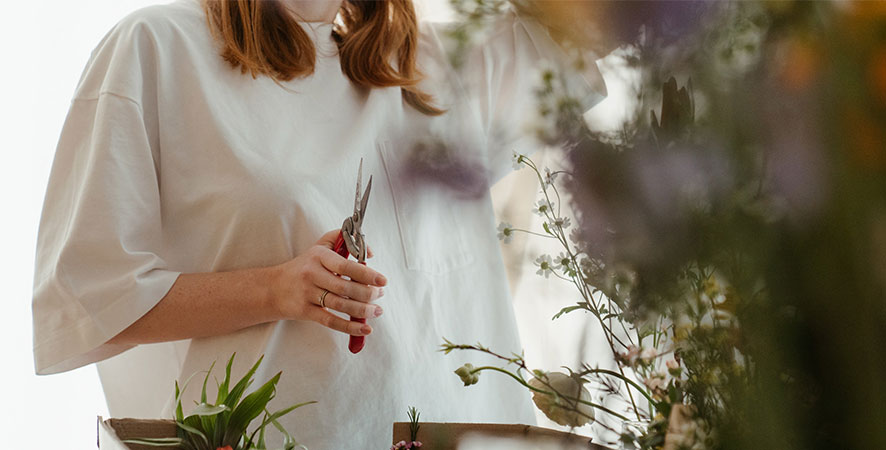
This is a very common problem in house plants.
Leggy is a term that is used a lot about indoor plants because it is one of the most common problems you can find in your indoor garden. But what exactly does it mean?
We say Leggy when a plant appears to have legs (or rather stems) with long, thin growth and sparse leaves. Why is this happening? This happens because the plant is doing everything possible so that its leaves receive more light and thus can produce enough energy to survive. The plant tries to reach all those stripes of light that enter your house, so the stems grow longer and thinner and drop leaves that the plant cannot support with its limited food reserves.
But don't worry, today we are going to give you some tips to easily fix your long legged indoor plants.
Find your plant a suitable place
Weak, thin, long-legged stems is your plant's way of telling you that you've put it in a place where it can't get enough light. Different plants have different light needs, so it's important to find out exactly how much light your particular plant requires for healthy growth.

Knowing the direction your window is facing (north, south, east, or west) will help you determine the amount of light your plants can receive when placed nearby. For example, Potos grow well in low light and will thrive in a north-facing window. A geranium, on the other hand, demands a very bright light and if you place it in a north-facing window it will end up becoming a long legged plant, since it will stretch and return lanky looking for that light that it craves so much. A south or southwest window is the best place for plants that require a lot of strong sunlight.
Indoor plants are generally classified into three groups of light levels: low, medium, and high.
1) Low light plants
When we speak of low light, we commonly speak of a window that is to the north or in a fairly dark corner of a room. Low-light plants are grown for their foliage and rarely flower. Some common low-light plants are: arrowhead, dracaena, English ivy, peace lily, pothos, snake plant, and ZZ plant.
2) Medium light plants
These plants should be on the east-facing windows, as the east provides half-throttle light. They could also be oriented to the West, yes, out of direct sunlight. Among the medium light plants the most common are: begonias, peperomias, rubber plant and spider plant among others.

3) High Light Plants
Generally, locations with lots of light, such as a window facing south or southwest, provide lots of light. But you must be very careful with excess light; Plants can get sunburned if they are suddenly exposed to too much light. Burnt leaves indicate that the plant is getting too much sun. These are the indoor plants that require higher light levels: Cacti and succulents, citrus, gardenias and jasmine among others.
Give your plant a haircut
Now that you know how to prevent your plant from getting leggy, trim it back to encourage new stems to sprout and grow to restore your plant to its former lushness.
If your plant already has new shoots sprouting from the base of the plant, removing the lanky stems around it will give it fresh growth space to soak up the sun and flourish.

After the haircut, water your plants well. The soil around plants that grow in bright areas dries out faster than plants in dimly lit spaces, so be sure to adjust your watering frequency accordingly. After three to four weeks in their new light location, your plants should start to look healthier. At this point, you can add a little natural houseplant fertilizer, with any of our houseplant sprayers.
---
Source: Better Homes & Gardens
Did you enjoy reading the article? Has it clarified any doubts for you? Give us your opinion and help us spread it on your social networks. We also invite you to follow us on Instagram.